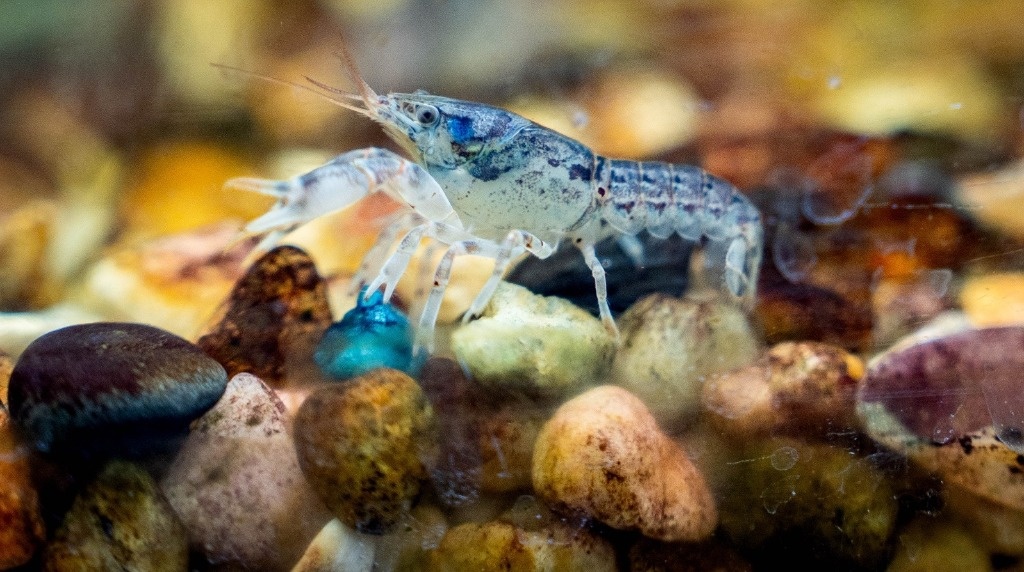Texcoco, Mex. Researchers from the Autonomous University of Chapingo (UACh) promote the sustainable production of acocil as an alternative for healthy animal protein; identified as an aquatic resource with great possibilities for its ex situ reproduction and eventual commercial use.
The acocil was an implement of tribute in the great Tenochtitlán, called by the Spanish “water shrimp” and an exclusive dish of the Mexica nobility.
In the Chapingo Greenhouse Aquarium of Preparatoria Agrícola, researchers Higinio Francisco Arias Velázquez, María Sol Robledo Monterrubio and Neydi Pérez Álvarez, promote the sustainable production of the acocil.
Higinio Arias, manager of the Aquarium, explained that the captive production of the acocil does not need expensive inputs and infrastructure since it is a noble species to start its cultivation and can be used in rural regions with bodies of fresh water.
He pointed out that the acocil has maternal care, the female protects her eggs until they are born; which represents an important characteristic in their success as a species.
“To start its cultivation, about 300 specimens are required and it is estimated that 1,500 to 2,000 eggs will be obtained, with a hatching percentage of 70 percent. In the Aquarium facilities there is a wet-dry biological filtering system for the breeding and cultivation of acociles; while reducing cannibalism.”
Currently at the UACh, conservation strategies are carried out, preparation of equipment for the reproduction of acocil, taxonomic analysis of the species Camberallus montezumae, as well as studies of embryonic development in the histology laboratory, detection of reproductive behavior, registration of sexual dimorphism, obtaining breeding and management of the ideal temperature in breeding ponds.
The researchers stated that they observed that water temperature influences the reproduction of Camberallus montezumae: the lowest presence of ovigerous females occurs in the cold months and the highest in the warm months of the year.
They argued that oxygenation, hydrogen potential, light and water turbidity are essential during the reproductive processes of the acocil. “These crustaceans are predators of mollusks and insect larvae, they are scavengers or eaters of organic matter from aquifer beds and they can also become cannibals when there is competition for food; although they are animals with low nutritional demands and have gastrointestinal adaptations that allow them to meet their nutritional needs.”
They highlighted that under controlled conditions Camberallus montezumae accepts any type of food and shows high digestibility towards a wide variety of food materials.
Regarding their reproductive behavior, it is known that it is violent and sometimes the female is killed. The number of eggs depends on the size of the female, which is always more robust than the male.
The eggs are spherical, olive green or black, some species are orange in color. The extinction of the acocil also implies the loss of genetic information of a native species that is a rich source of essential fatty acids, mainly omega-3 and omega-6; provides water-soluble vitamins, minerals, potassium, calcium and magnesium.
#promote #production #acocil #protein #alternative #UACh
– 2024-04-27 03:41:51


